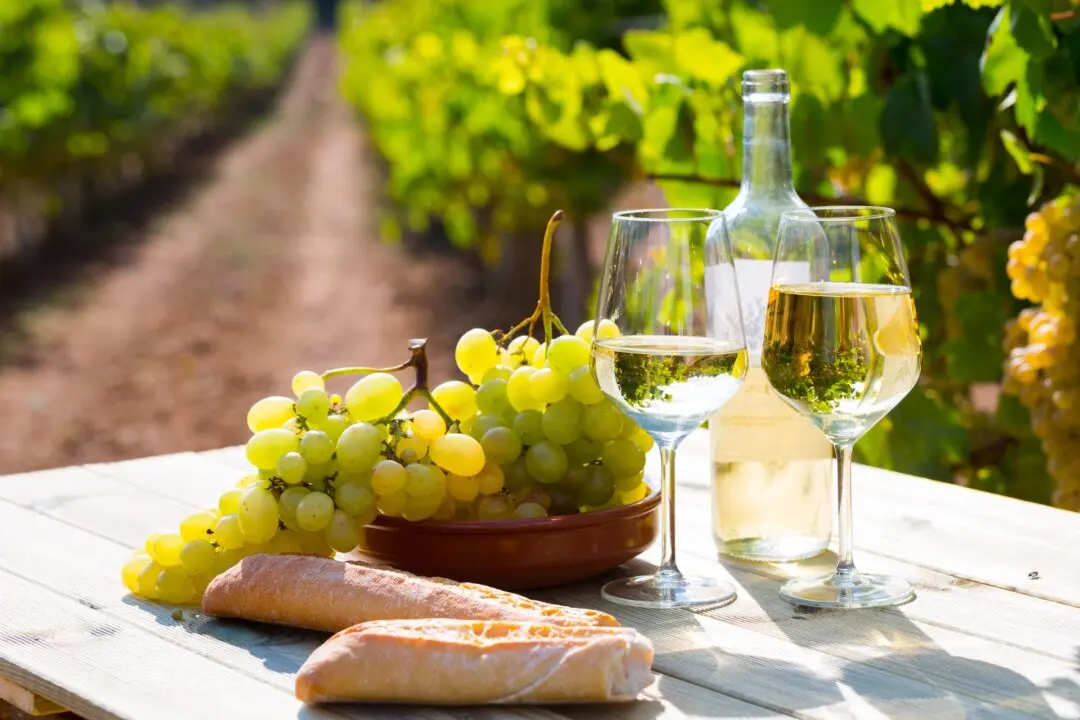Someone recently sent me a sample bottle of a Kalecik Karasi. It was excellent, and I'd be happy to suggest that you buy it, but I couldn’t find out anything about it. Or where to buy it.
One of the problems with trying to cover this industry, whether as a reporter or simply as a wine lover, is that it’s nearly impossible to find out what’s happening in this world of wine.





